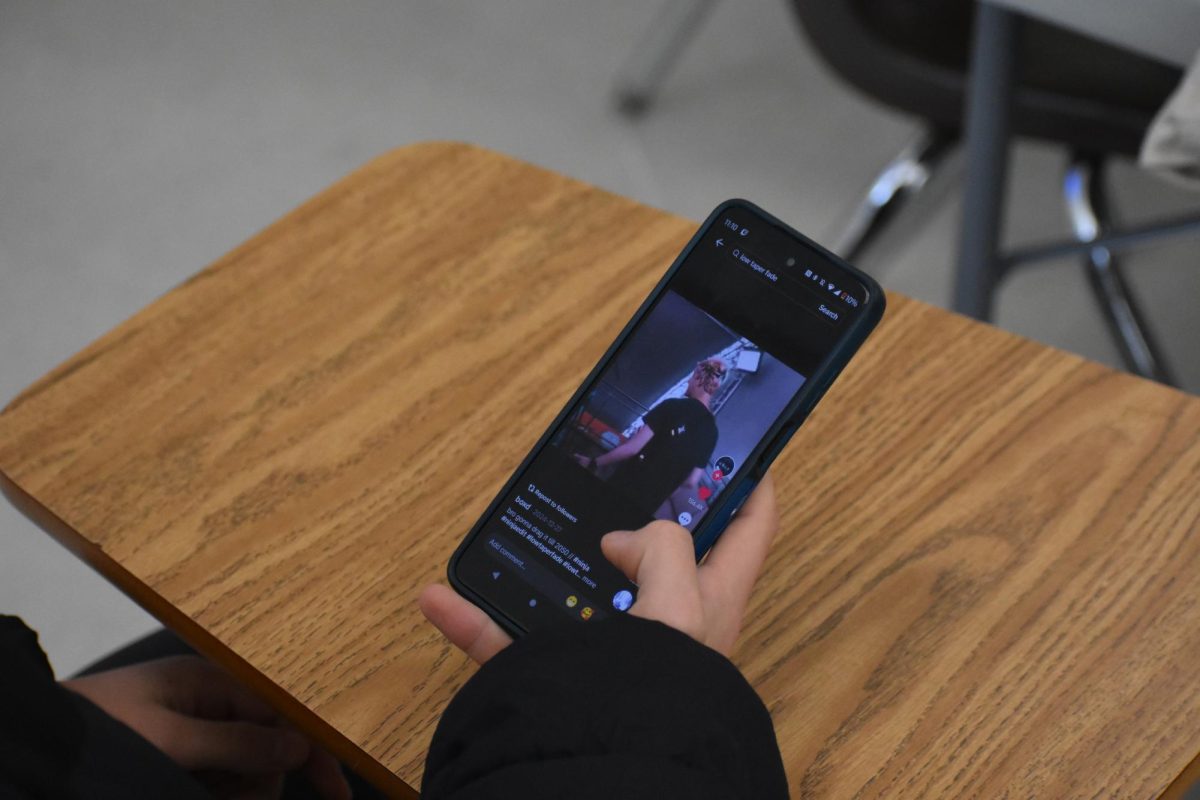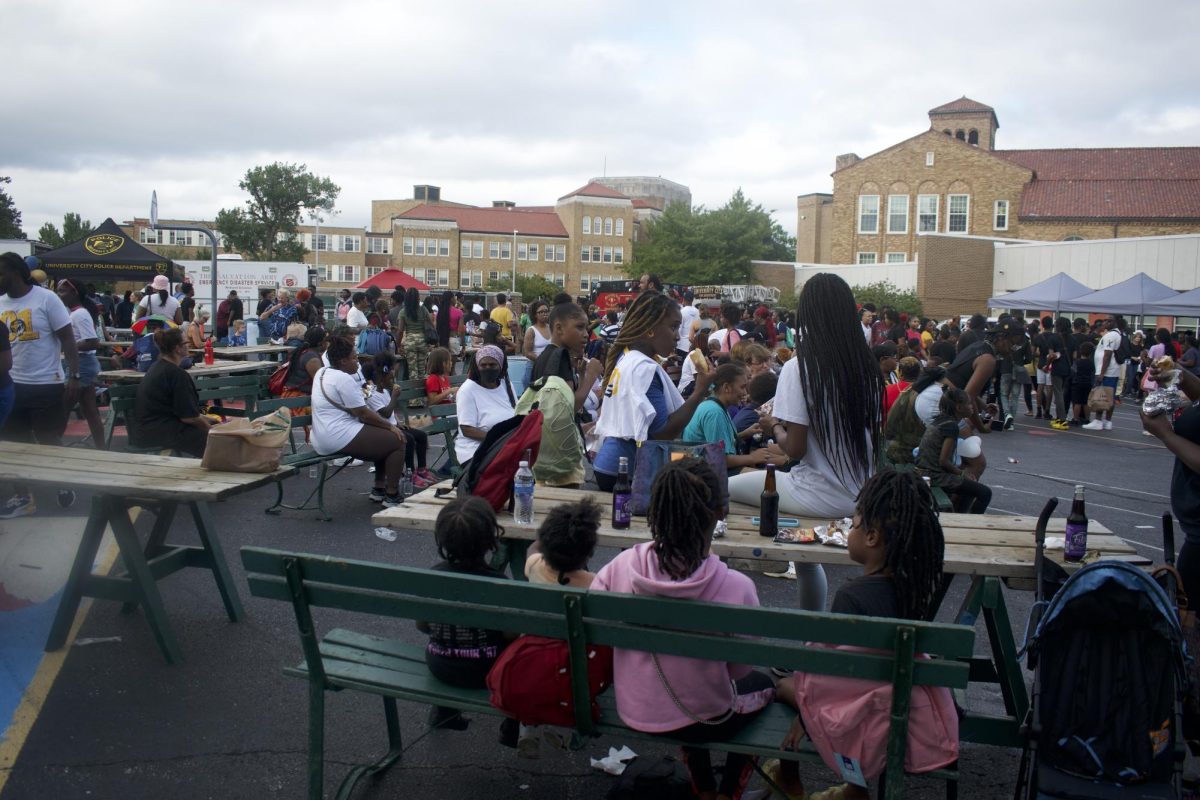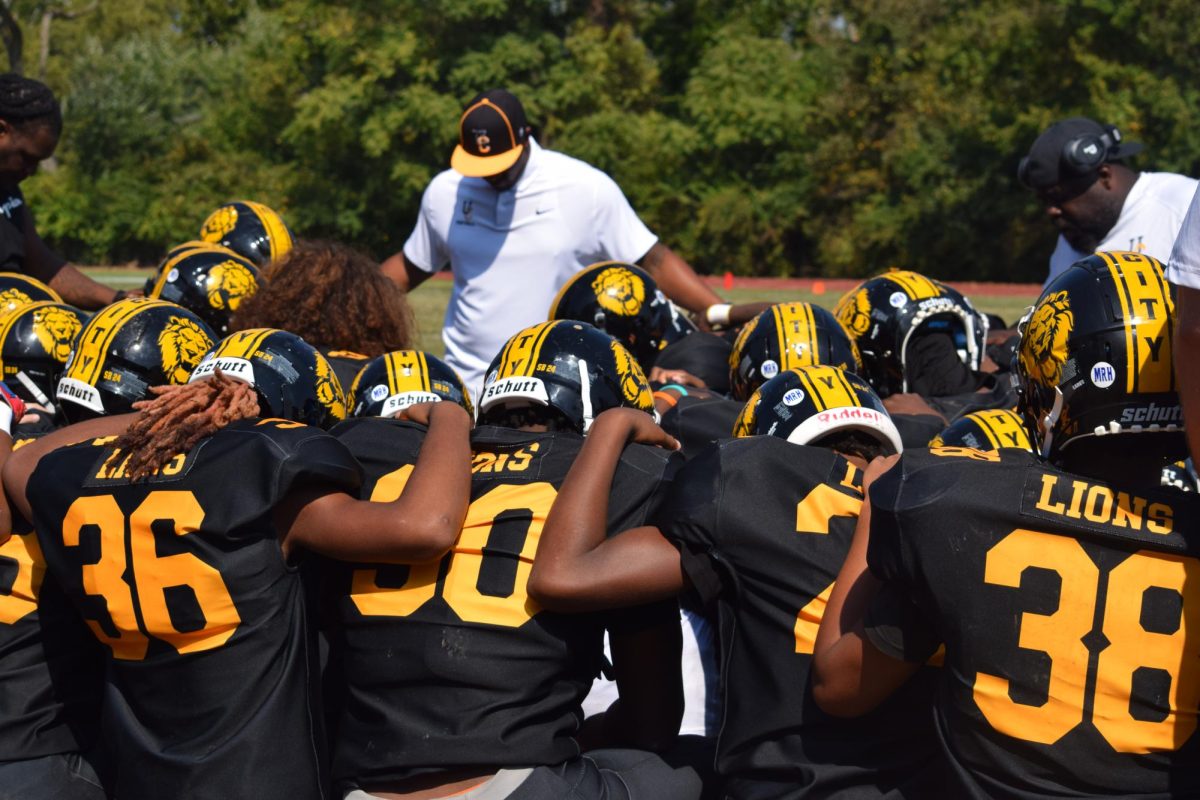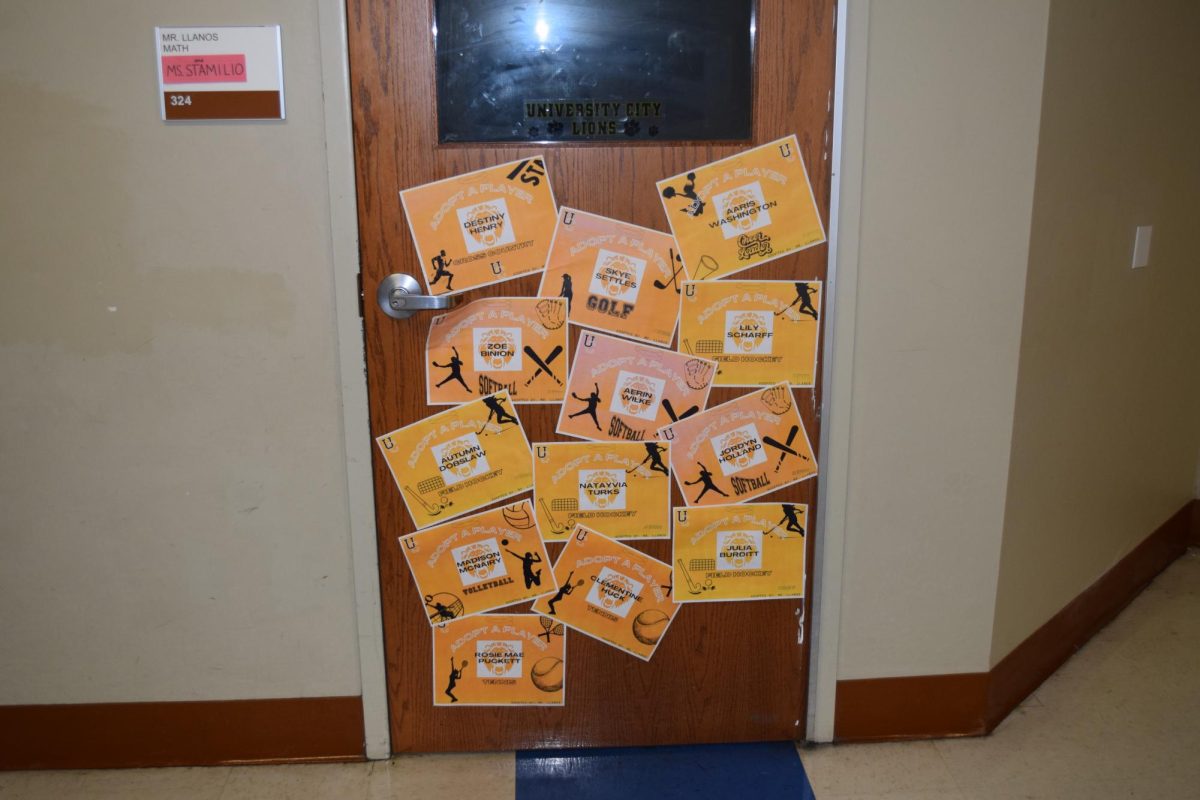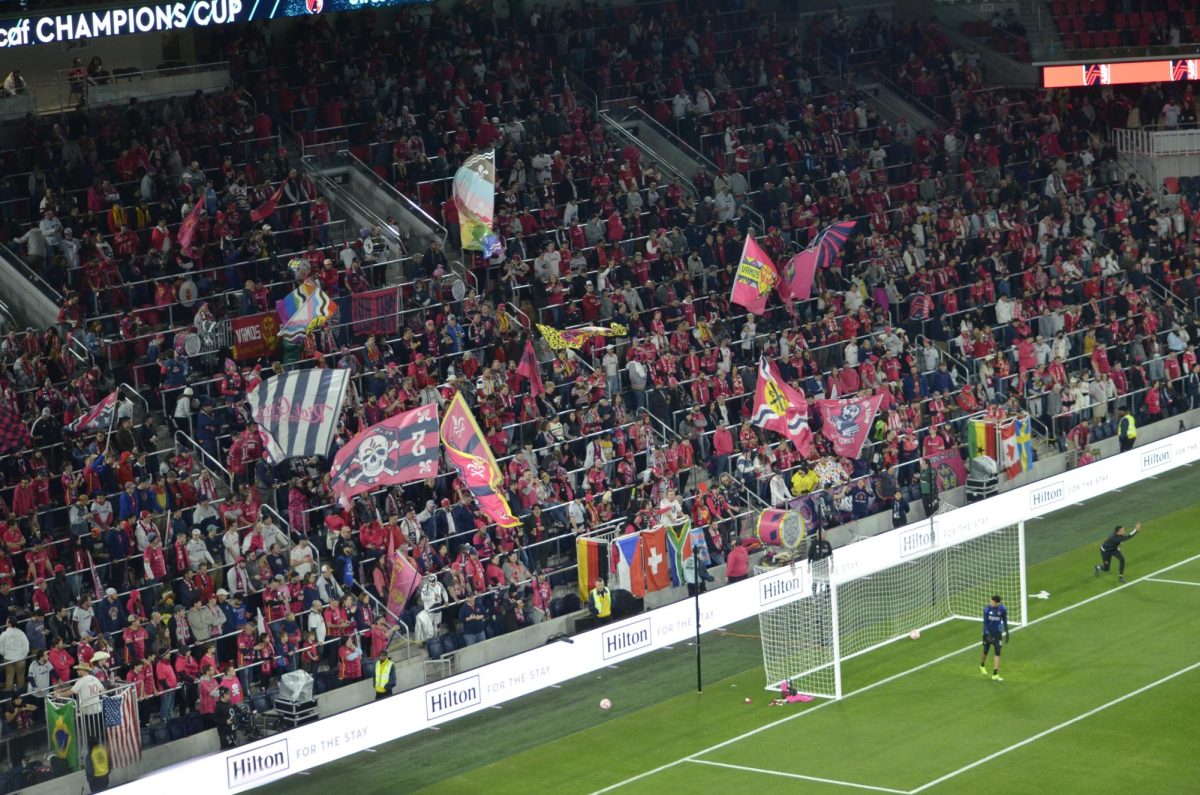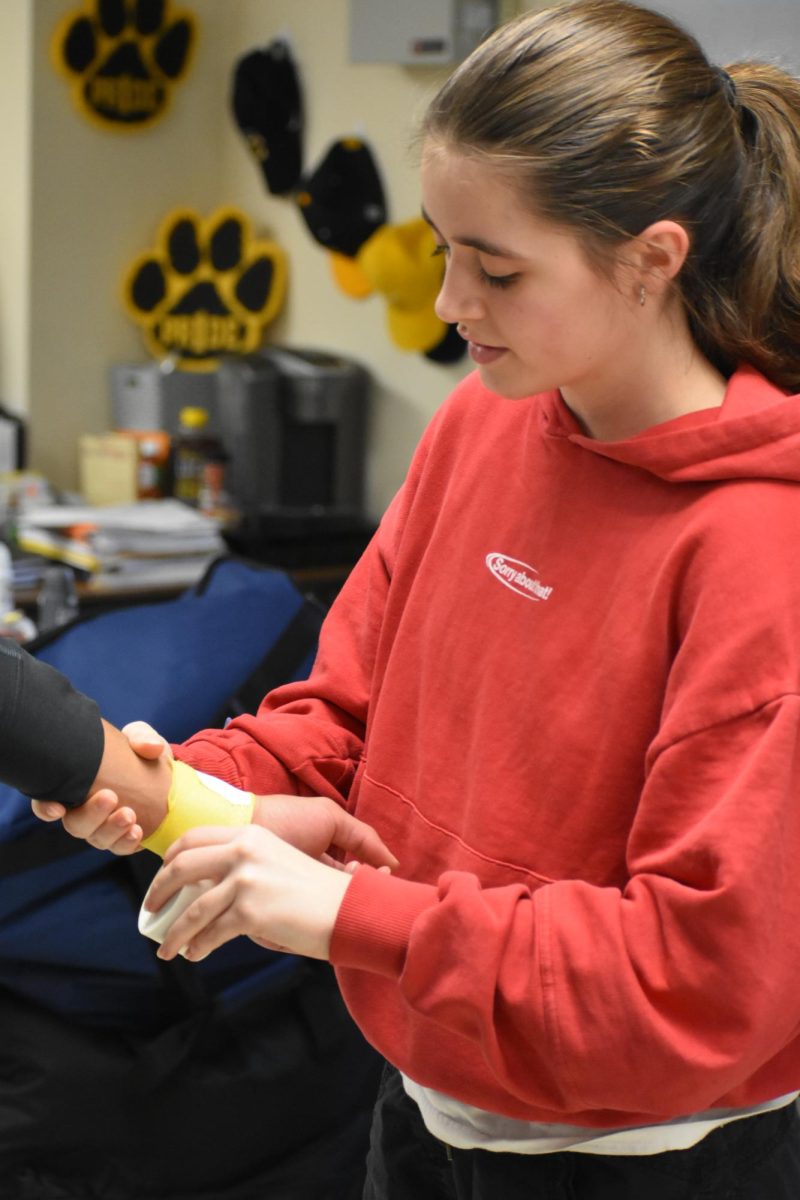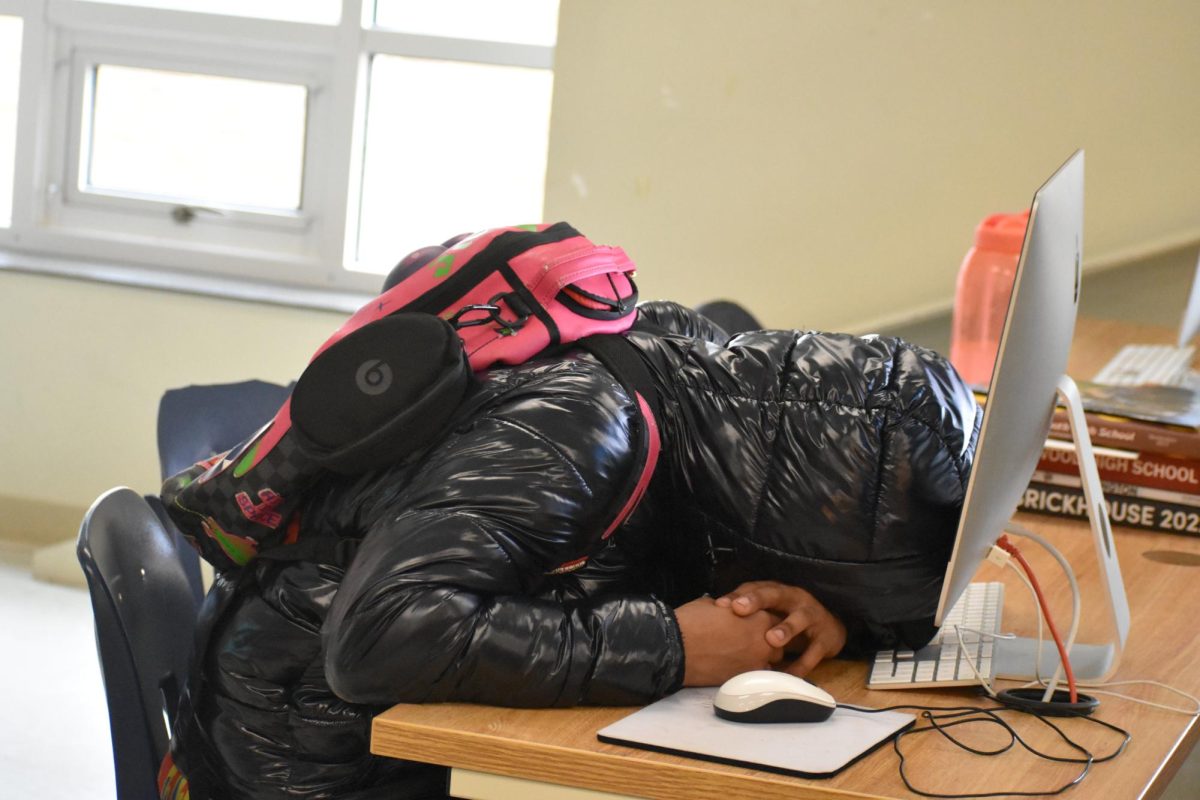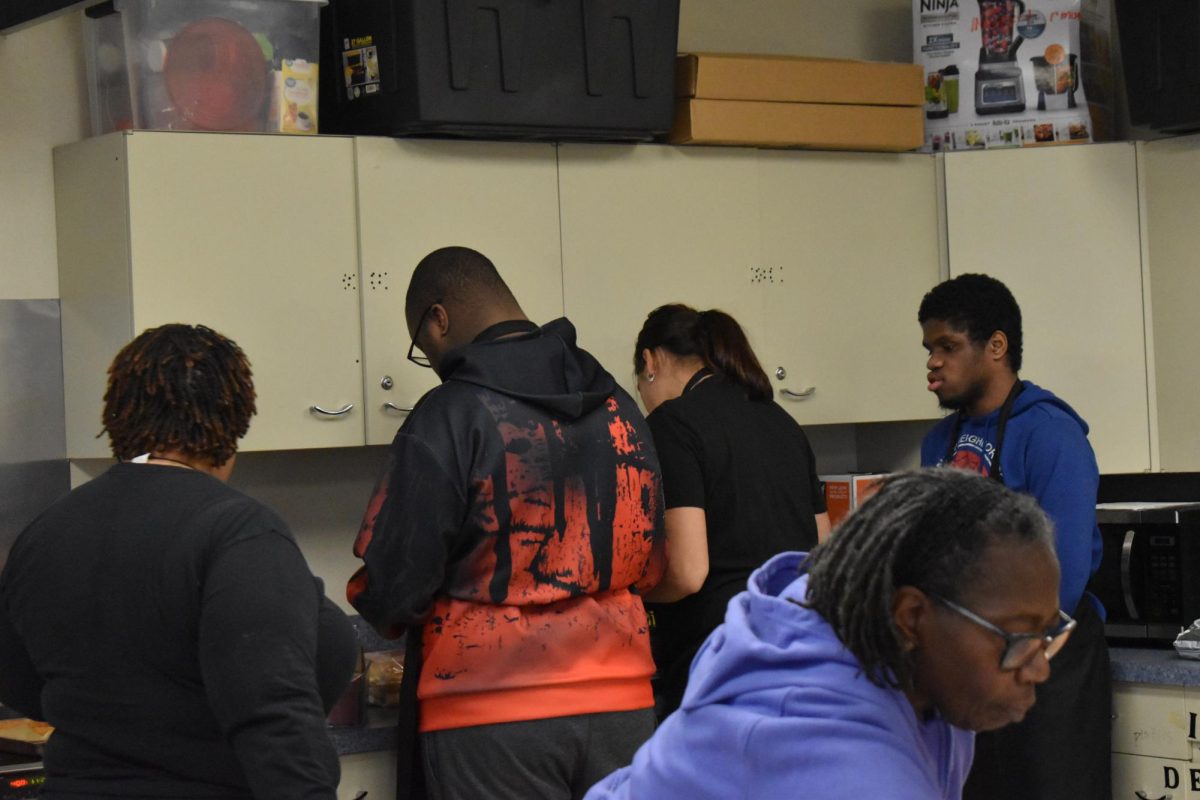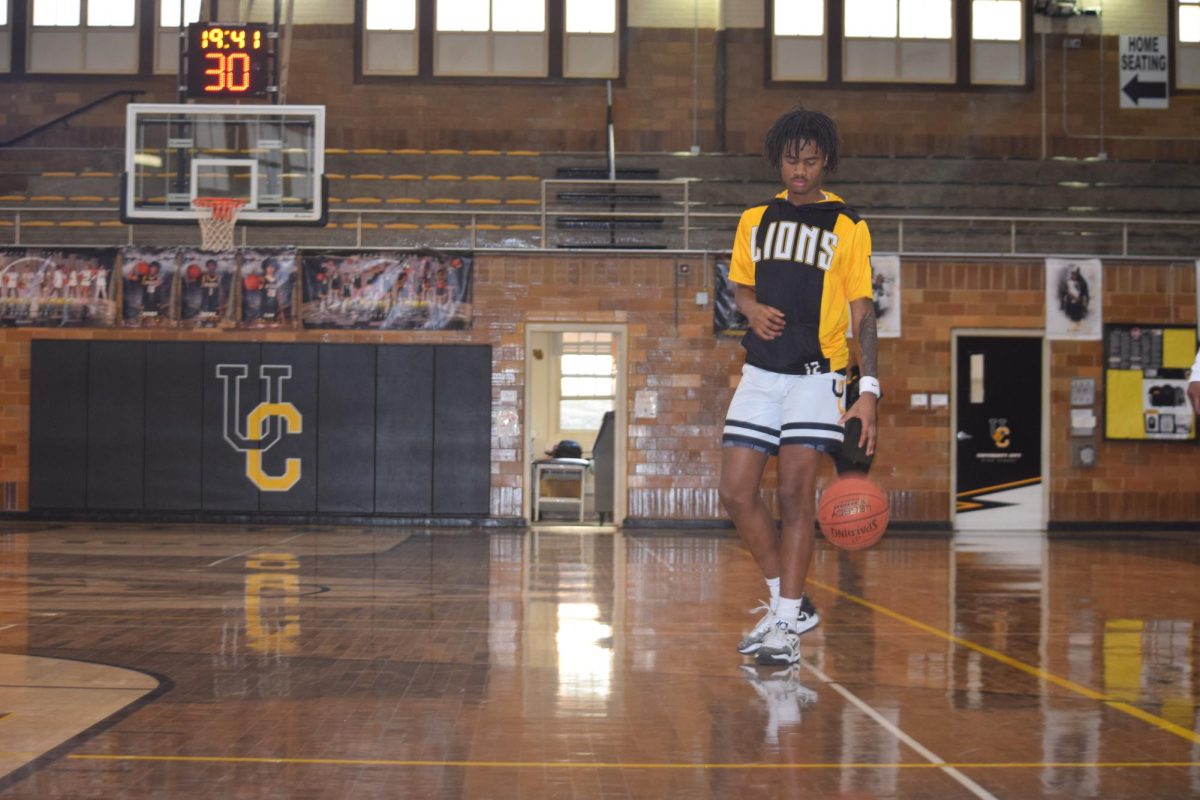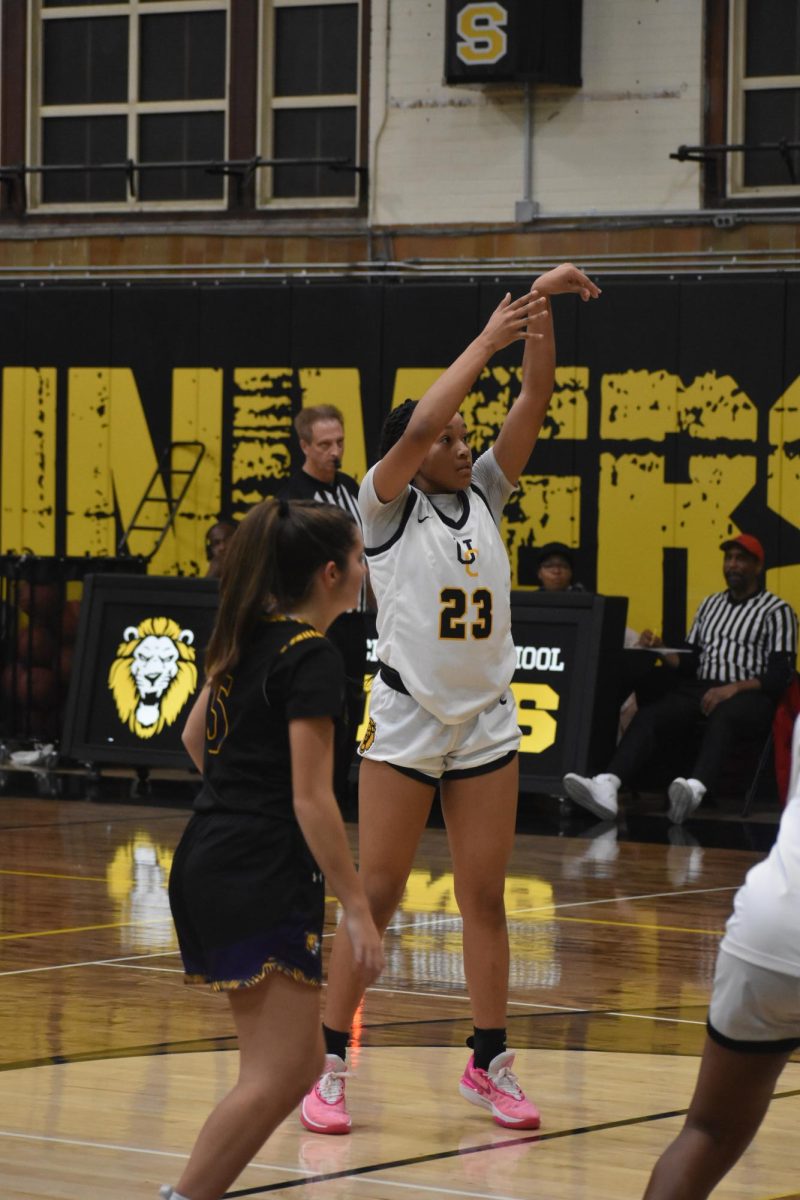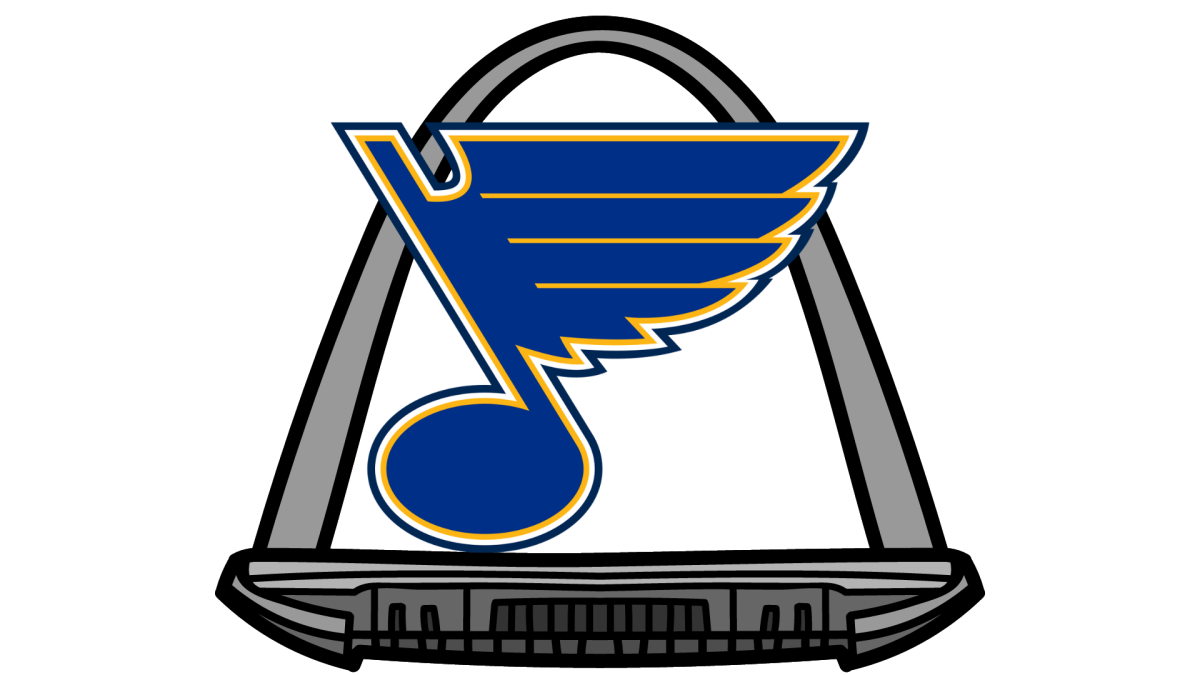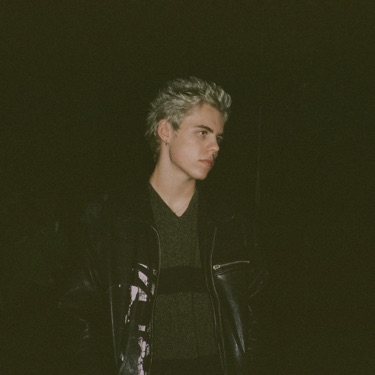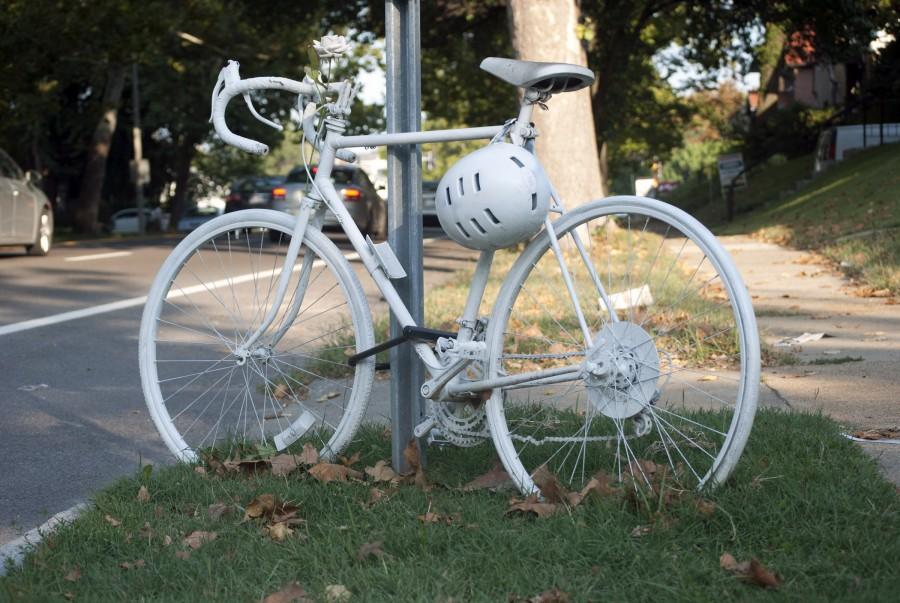Imagine: you’re riding home on your bike after a long day at work spinning pizzas at Dewey’s. It’s 11:20; you’re only a block from your house and seconds away from being struck by a drunk driver on the side of the road. You are 19 year old Samuel Scott, a teen who lost his life while traveling via bicycle in 2012. According to www.bicyclinginfo.org, there are over 600 bicycle-related fatalities each year, but it’s Scott, a U.City teen, whose story hits a little too close to home.
On the corner of Delmar and Bemiston now stands an eerie bicycle, eye-catching in its simplicity and somber in its meaning. Stripped of its gears, cables, and chain and painted an appropriate ghostly white, this “ghost bike” serves as a daily reminder of the tragic event to all who pass.
The first ghost bike was created in St. Louis in 2002 and accompanied by a hand-painted plaque that read “Cyclist Struck Here.” Since then, hundreds of ghost bikes have been erected around the world in countries as far as Australia, Germany, and Brazil, to name a few.
“It is a reminder to cyclists and drivers to be mindful on the road,” said Mr. Stuart, English teacher. “I stopped and looked at it because I ride my bike past it.”
Ghost bikes are generally junk bikes that are donated or obtained by the service group that will install it. Often, a ghost bike will be denuded of its workable parts, making it less likely to be stolen. Then, the paint and finish is removed and the bike is spray-painted white. Simple signs commemorating the dead are bolted to otherwise bare street signs and the bike is adorned with fake flowers. It requires no permit to place a bike on public property; all it takes is a little bit of preparation. However, the impact these bikes have on those who pass works to gain advocacy for bicycle street safety. Not only do ghost bikes serve to commemorate the death of an individual; they also work to save lives in the future.
Although it’s exceptional to see a ghost bike on the streets of St. Louis, it is not uncommon to spot one on the corners of big cities. On NPR, Ryan Knuckle recalls personally setting up at least 20 bikes since co-founding the New York City ghost bike project in 2005. “When we put up the first ghost bike we said we hoped we’d never have to do it again, but then we did. It was just in a span of a few weeks.” said Knuckle in the “Around the Nation” segment titled Where Cyclists Once Rode, Ghost Bikes Stand Vigil.
Samuel Scott’s ominous memorial on Delmar reminds commuters every day to watch out for cyclists. Since organizations supporting the message of ghost bikes have popped up worldwide, small changes have been seen to the bicycling community. All these organizations can do is hope to contribute in some way to the safety of bicyclists and, if anything, remind drivers to share the road with their bi-wheeled companions.
[imagebrowser id=61]

